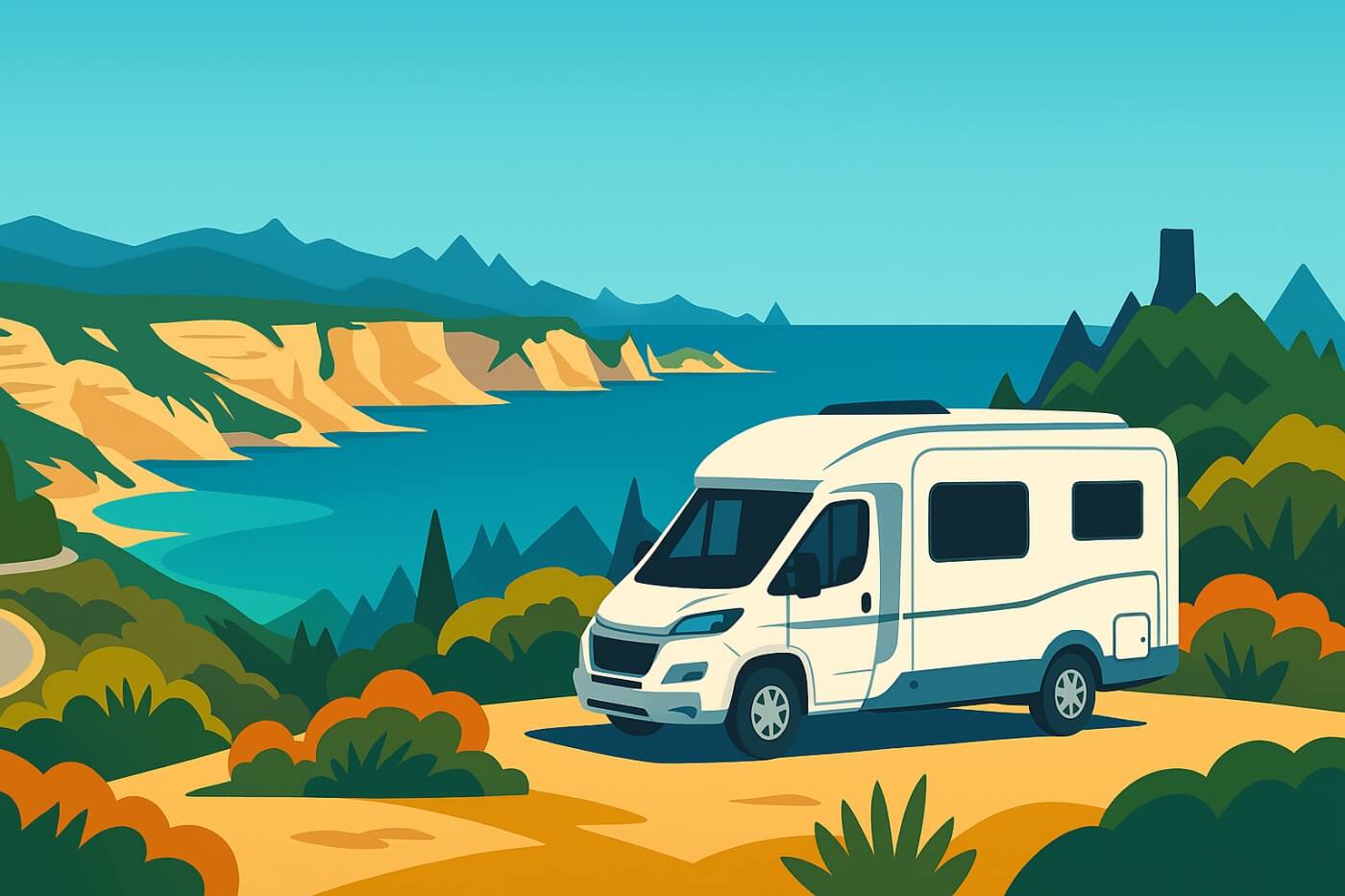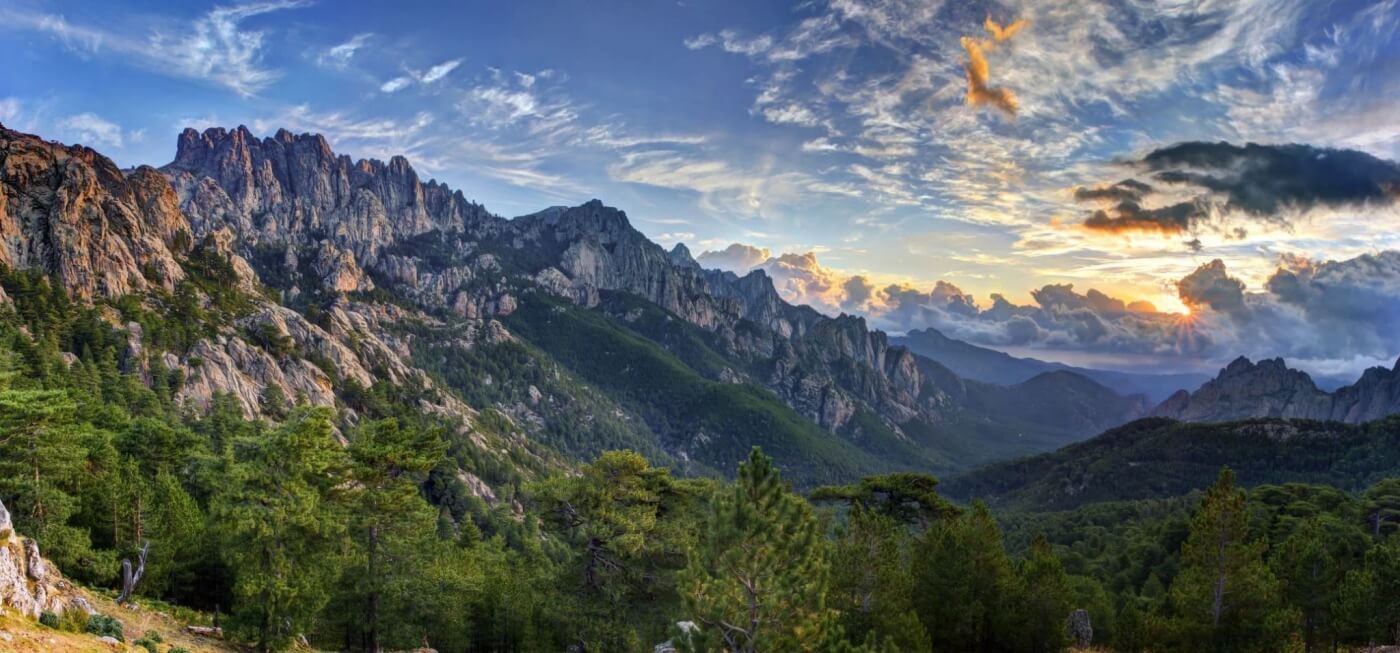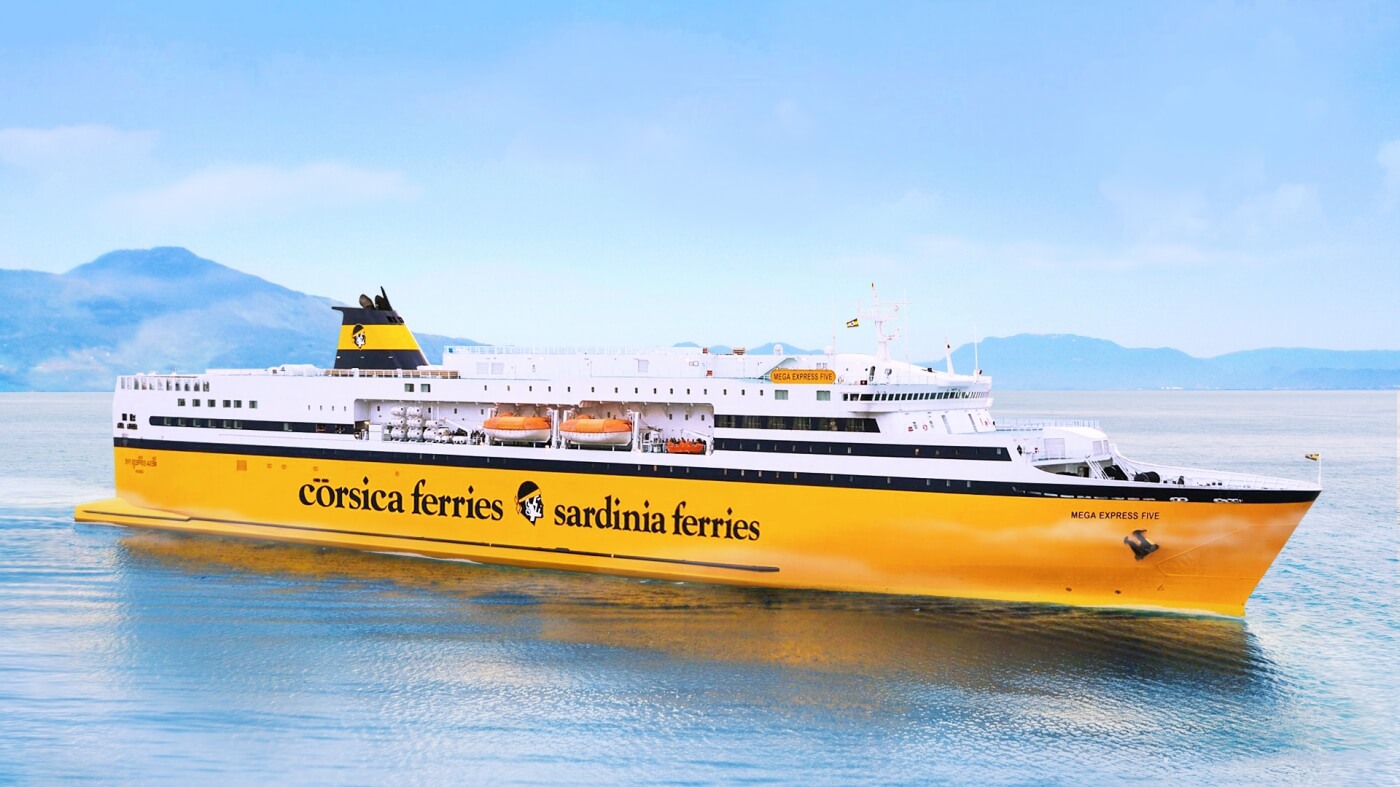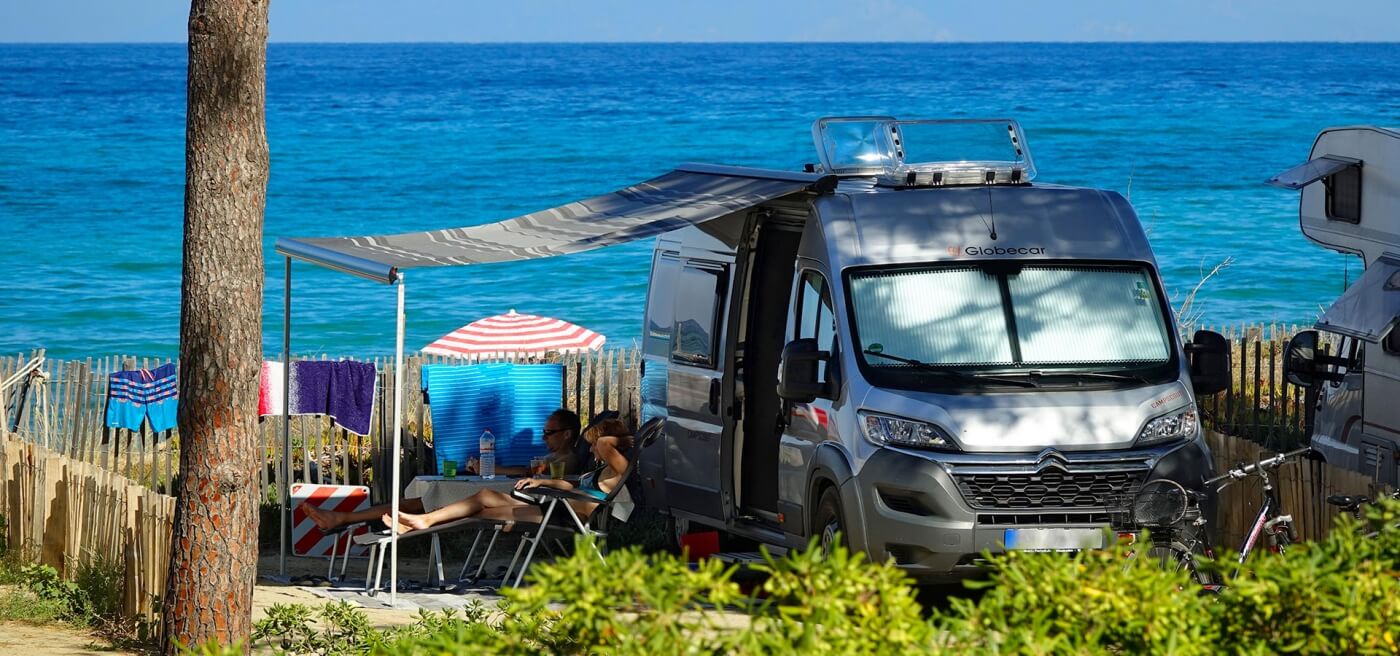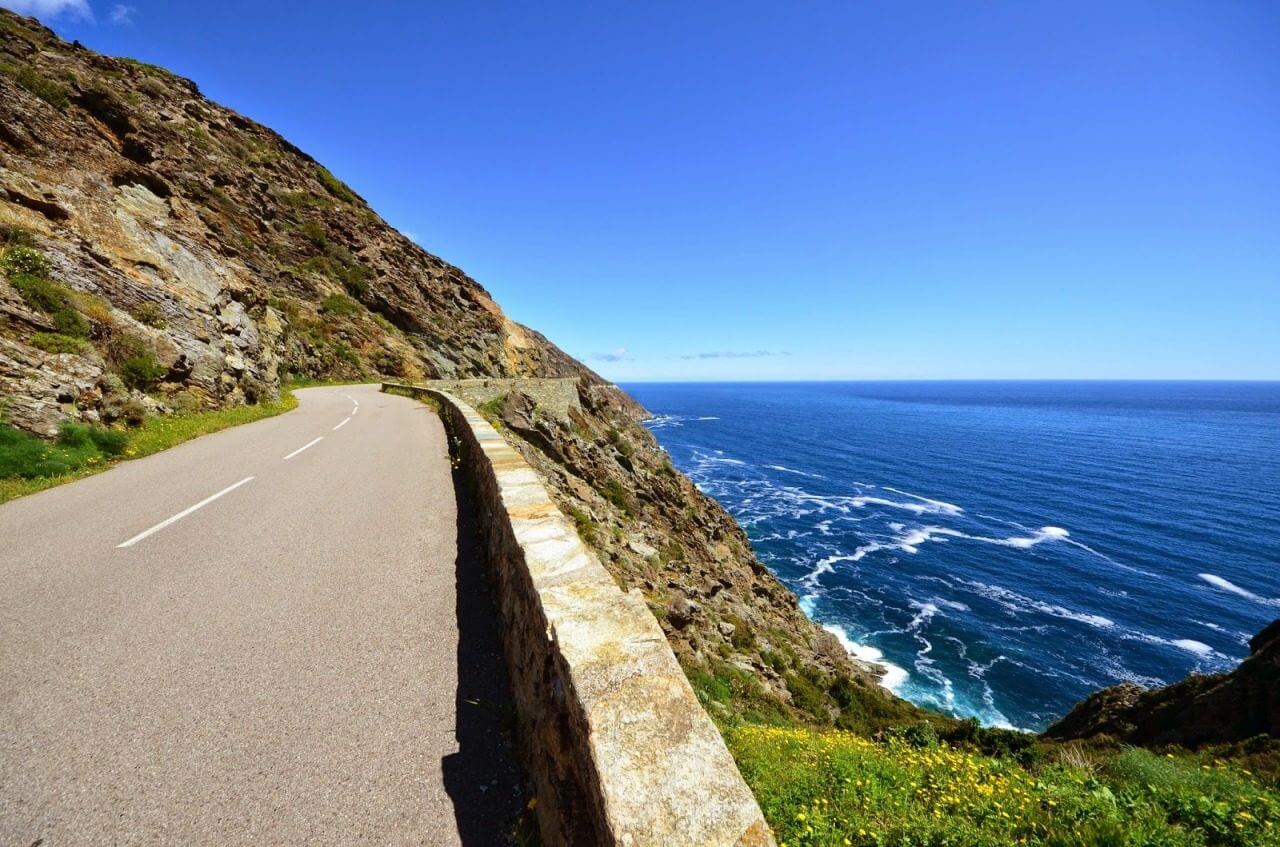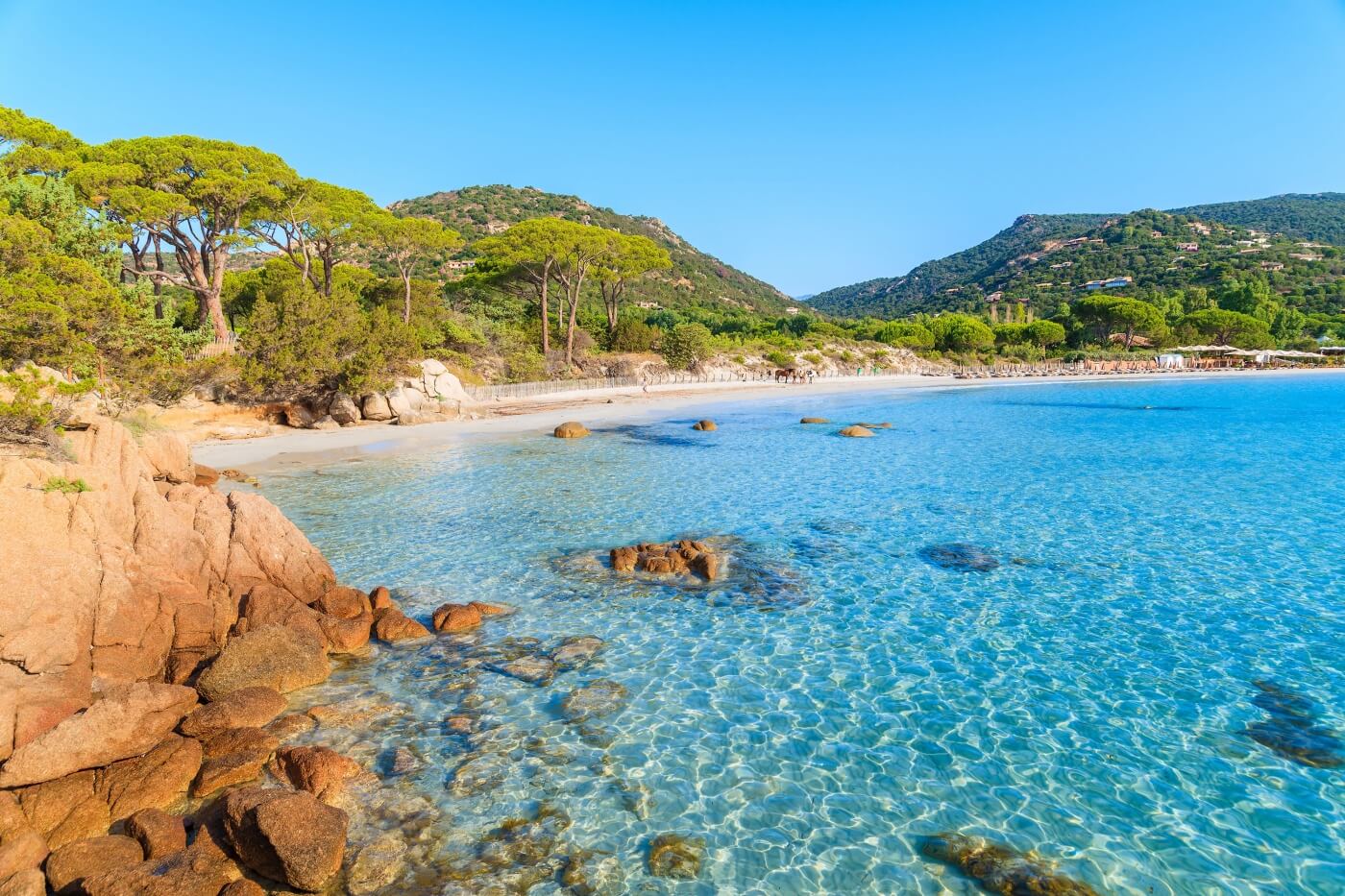11.1 Can you sleep outside campsites/service areas in Corsica?
No. Wild camping is strictly prohibited across the entire island and is not tolerated. Authorities regularly patrol sensitive areas, and those caught face hefty fines ranging from €200 to €1,500. You must spend the night in one of the 200+ official campsites, designated campervan service areas (aires), or authorised private spots.
11.2 What campervan size works best?
Smaller is better. A compact campervan under 6 metres long will be much easier to handle on Corsica's narrow and winding roads. While vehicles up to 7.5 metres are manageable with caution, they will be restricted from some scenic routes and will find parking more challenging. If you are renting, choose a compact model.
11.3 How much does the ferry cost with a campervan?
The price varies dramatically by season, route, and vehicle size. A return trip for a campervan and two people can range from around €300–€400 in the shoulder season to €600–€800 or more in peak summer. Booking well in advance and travelling off-peak are the best ways to secure lower fares.
11.4 In 7 days is North or South better?
It depends on your interests, as you should focus on only one region in a week. The North offers rugged coastlines like Cap Corse, the dramatic Calanques de Piana, and mountain scenery around Corte. The South is famous for the iconic white-sand beaches near Porto-Vecchio (Palombaggia, Santa Giulia) and the spectacular cliff-top town of Bonifacio.
11.5 Which roads should long vehicles avoid?
Large campervans should be extremely cautious or avoid the following: the D81 through the Calanques de Piana (extremely narrow); the D80 on the west coast of Cap Corse (narrow with sheer drops); and the D623 into the Restonica Valley (unsuitable for most campervans and access is restricted). Also, never follow a GPS into the historic centres of old towns.
11.6 What are the rules for gas on board the ferry?
On all operators, gas cylinders must be turned off for the entire crossing. Policies on carrying bottles vary: La Méridionale permits up to three bottles not exceeding a total gas weight of 47 kg, while Corsica Ferries only allows bottles that are secured in a dedicated, built-in vehicle compartment. Always check the specific rules of your chosen ferry company before booking.
11.7 Is Scandola accessible by road or on foot?
No. The Scandola Nature Reserve is a UNESCO World Heritage site and a protected area that is accessible only by boat. Excursion boats depart regularly from the ports of Porto and Calvi, offering the definitive way to experience its unique rock formations and pristine waters.
11.8 Can you reach Saleccia/Lotu by campervan?
No. These two legendary beaches are located in the remote Agriates Desert, and the dirt track leading to them is extremely rough and unsuitable for motorhomes or standard cars. The best and recommended way to visit is to park in Saint-Florent and take a boat shuttle or a 4x4 taxi service.




